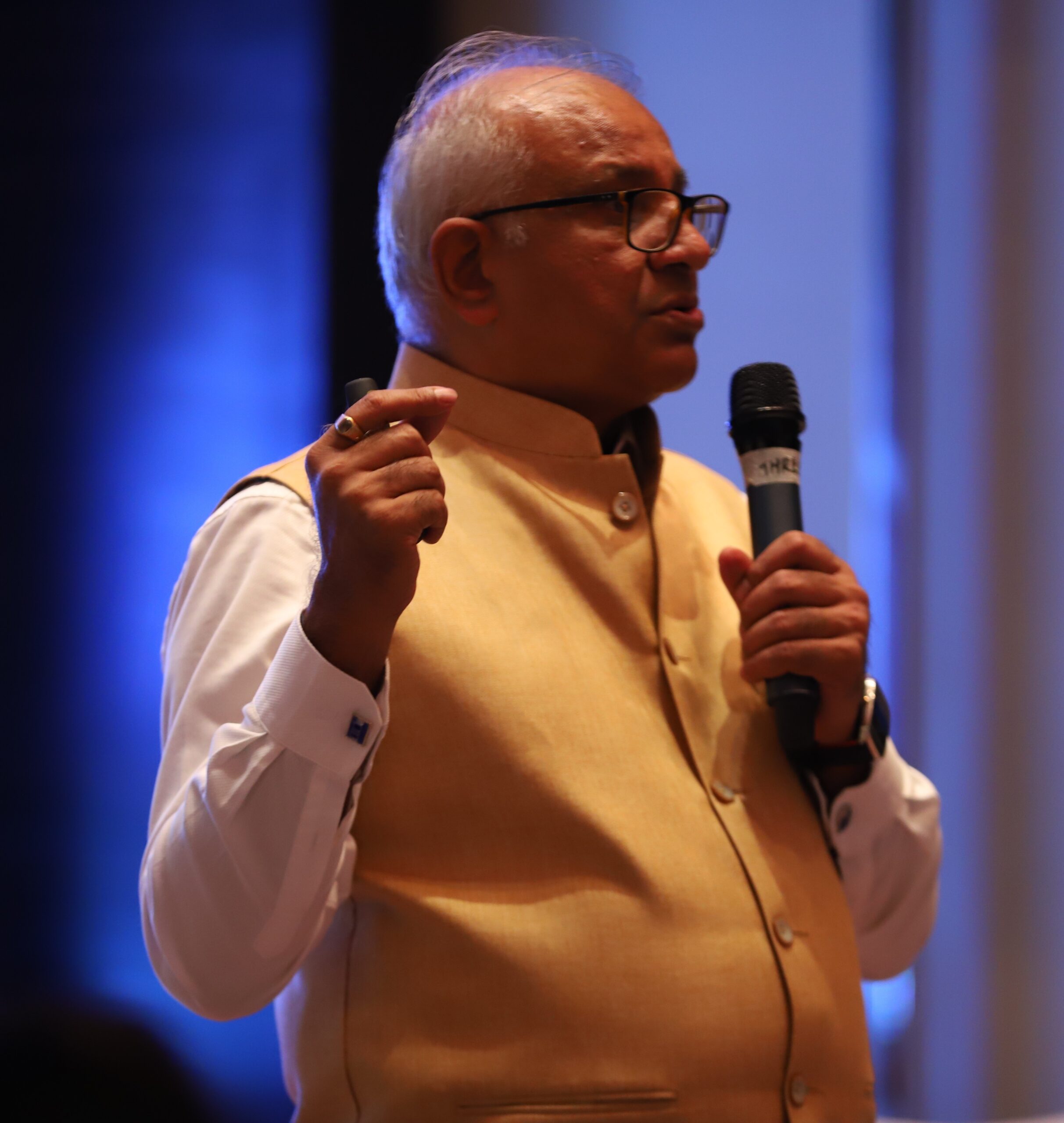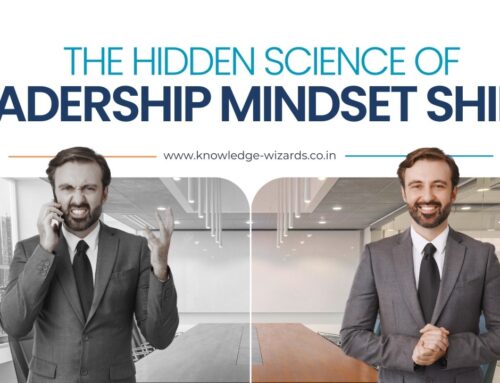Business is changing, and leadership development needs to change with it. If not, it risks becoming ineffective at preparing leaders for today’s digital economy. In a survey of CEOs by Fortune magazine, only 7 percent said they believe their companies are building effective global leaders, while just 10 percent believe that their leadership development initiatives have a clear business impact. In a recent Skillsoft survey on the state of leadership development, only 21 percent of respondents agreed that employees in their organizations feel that managers effectively lead them.
One way to address this disconnect is to directly link leadership development with the new strategic imperatives of the digital economy. To prepare leaders for the future, we must start by teaching new leadership behaviors and competencies like resilience, leading change, cognitive flexibility, agility and virtual leadership. As HR and L&D leaders look for ways to modernize their leadership programs for the digital economy, it is important to recognize six factors that distinguish leadership development today from that of the past.
- Leadership Development Is Democratizing.
Ensuring sufficient reach across and deeply into the organization is important to the success of leadership development efforts. A recent study by McKinsey suggests that organizations with successful leadership development programs are six to seven times more likely “to pursue interventions covering the whole organization”; they design programs in the context of a broad, organization-wide leadership development strategy.
Organizations are moving from siloed structures to flatter structures composed of cross-functional teams. The result of this change is that more employees are assuming leadership responsibilities without formal “leader” titles, and as a result, organizations must strive to develop as many individuals as possible with new leadership competencies. The good news is that many organizations realize the need to expand their leadership development more broadly and deeper into the organization. In Skillsoft’s leadership survey, 61 percent of respondents said they believe that leadership development is likely to become more democratized in their organizations over the next three years. Fortunately, e-learning technology enables more cost-effective, faster, more flexible, larger-scale learning on digital platforms that can enable focused leadership development, prompting new and potential leaders to work on specific, targeted behaviors.
- The Modern Leader’s Critical Task is to Create and Empower the Team Context.
The essential job of today’s leader is to create an environment of managed empowerment, not to drive detailed decision-making. He or she can do so by creating a context where there is commitment and collaboration, accelerated decision-making, shared purpose, experimentation, and an atmosphere of empowerment and trust.
- The New C&C Is Not Like the Old One.
The focus of leadership today must be squarely based on the model of “connect and collaborate” rather than “command and control.” Today’s leaders don’t dictate; they guide and influence. They serve as a conduit for diverse ideas and initiatives and champion collaboration. They coach rather than micromanage.
In his book “Music as Alchemy: Journeys with Great Conductors and their Orchestras,” Tom Service writes, “The essential work of a conductor has never really been about the exercise of authority. Conducting is really about the creation of a culture of responsibility, of respect, of musical and social awareness, and of listening. Connecting is a metaphor, not for absolute power but for shared experience, for collaboration, for listening.”
- There’s No “I” in “Team.”
Yesterday’s leaders were measured based on individual success – hence the old term “hero leader.” Leaders’ performance was defined by what they did as individuals and what they squeezed out of their followers. Today’s leaders are evaluated based on their performance as leaders of “hero teams.” In the role of a team coach or squadron commander, the leader’s success is evaluated based on what the team, working together as a unit, achieves. Leaders increasingly manage agile teams, squads and tribes that innovate, so leadership in the current context is less about directing reports and more about fostering and ensuring the ability of mission-driven team members to execute on strategy and innovation.
- It’s About Mindsets, Not Skillsets.
Historically, leadership development programs have been primarily concerned with skill-building and not necessarily with dynamic mindset-building. However, leadership is a construct that exists between people in complex and fluid relationships. Leadership development that takes this idea into account facilitates the creation of leadership mindsets. These mindsets are deeper, more nuanced mindsets that current and future leaders can leverage to better respond to the complexities of the ever changing conditions in the business environment.
A successful leadership development program builds mindsets around agility, customer-centricity, creativity, accountability, resiliency and other forward-thinking qualities. These skills and traits provide leaders with the capabilities for collaborative leadership in the uncertain, ambiguous and changing conditions they face today.
Because leadership actions are inherently relational, establishing such mindsets naturally requires organizations to contextualize and teach leadership development in a relational manner.
- The Modern Leader’s Core Competency Is Ambidextrous Innovation.
In Skillsoft’s leadership survey, over 60 percent of respondents cited leadership that results in greater innovation as a competency of growing importance for their organization. This statistic is hardly surprising. The modern business context is fast paced, nonlinear, virtual, technology-enabled and ever-changing. In the Fortune CEO survey, 72 percent of CEOs cited the rapid pace of technological innovation as their greatest challenge. Customers’ expectations continue to rise, which means that companies face significant pressures to release new products and services at an accelerated pace, demanding continuous innovation.
In the industrial era, the leader’s core competency was centered on execution. Leaders today have to maintain continuity of the current organizational strategy through their leadership, but they also have to be good at continuously improving and innovating. In fact, the post-industrial, digital-era leader’s core competency is innovation.
The balancing act that leaders must strike is a tall order. A company’s adaptability requires leaders to maximize existing organizational capabilities but also innovate by developing new capabilities. I refer to this balancing act between optimizing the present and creating the future as “leader ambidexterity,” or the ability of leaders to manage the existing business by overseeing incremental improvement to processes, products and services while also identifying and pursuing new opportunities through experimentation and innovation. Leaders drive innovation by spotting trends related to emerging technologies, identifying customer-driven opportunities, and then ideating using design thinking approaches to transform the business and release successful new products and services into the market.
As the pace of change increases in our digital economy, so does the price of lagging leadership development. No organization can afford to fail in preparing its leaders for the significant challenges they face today.
“As the pace of change increases in our digital economy, so does the price of lagging leadership development.”





